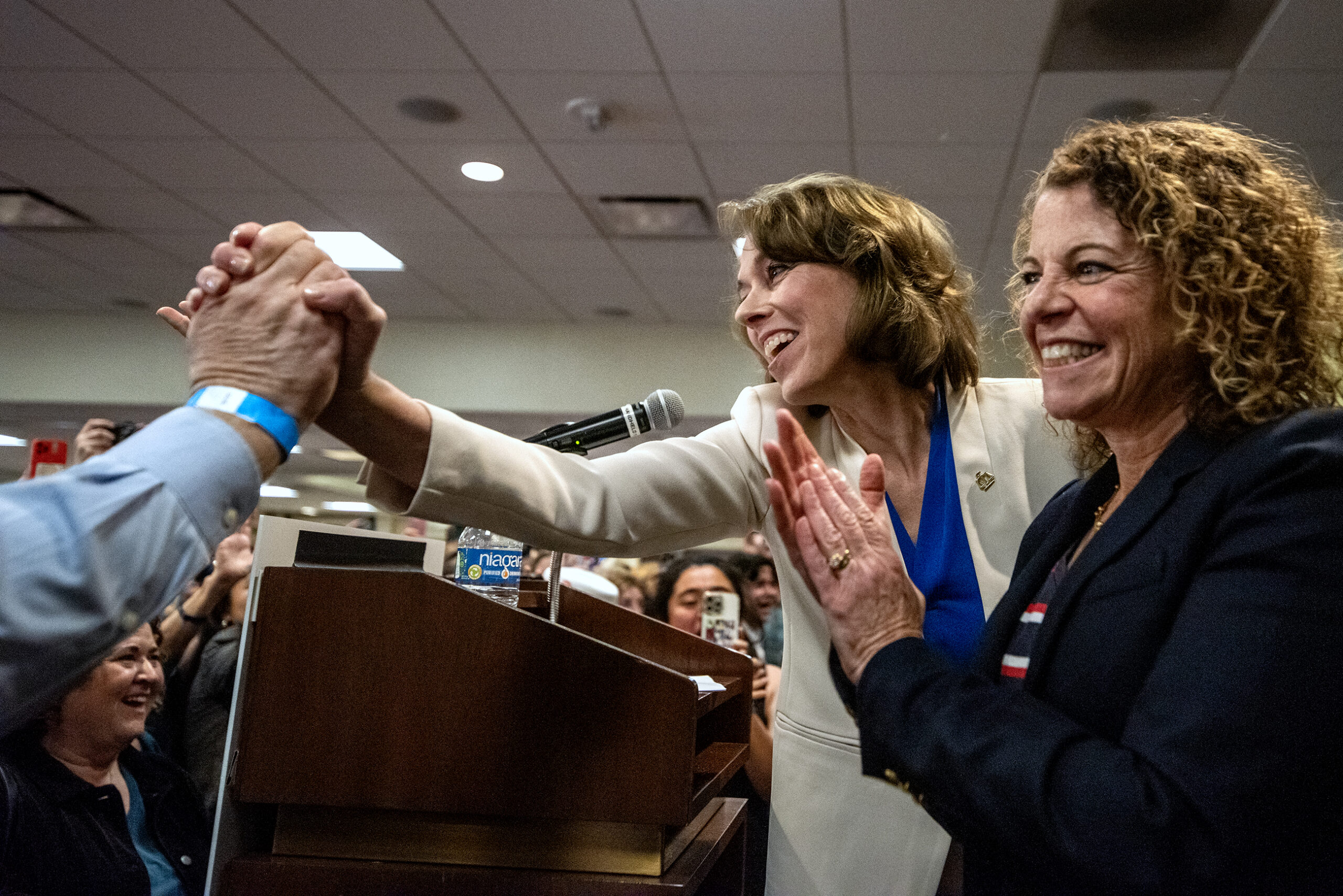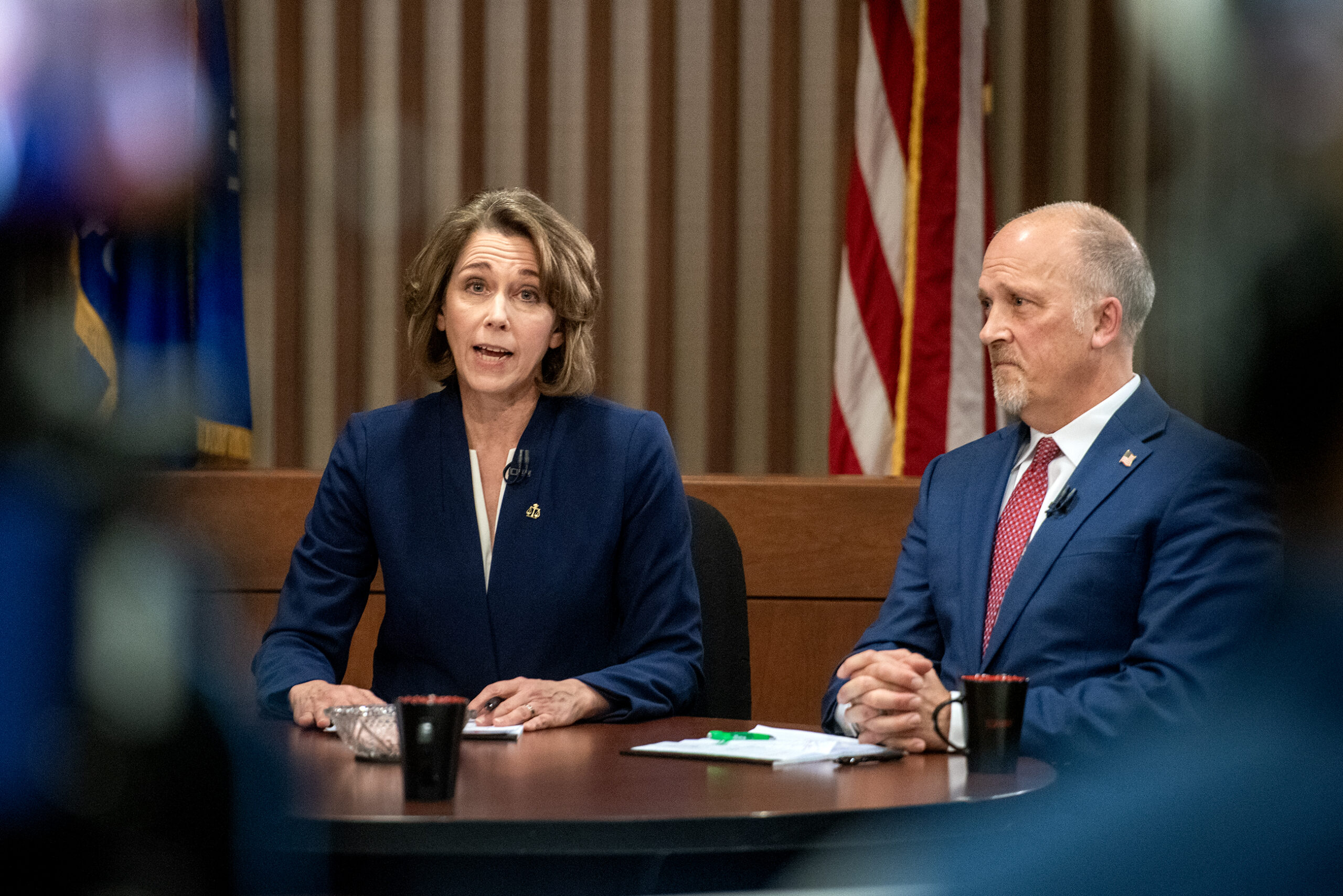Dane County Judge Susan Crawford has won a seat on the Wisconsin Supreme Court, preserving liberals’ 4-3 majority after a hard-fought, highly politicized contest that attracted national attention and shattered spending records.
Crawford defeated Waukesha County Judge Brad Schimel, the state’s former attorney general who spent a year-and-a-half trying to mobilize GOP voters for an officially nonpartisan race. In the end, Wisconsin’s Democratic base continued its streak of victories in judicial contests, helping Crawford carry the day.
The Associated Press called the race at 9:16 p.m. All results are unofficial until they’re certified in coming weeks.
Stay informed on the latest news
Sign up for WPR’s email newsletter.
A room of Crawford supporters at a hotel in downtown Madison erupted into cheers as the preliminary results were reported.
A little after 9:30 p.m., Crawford took the stage to massive cheers, where she said that Schimel had called her to concede. In her victory speech, she alluded to the influx of campaign cash from Musk.
“As a little girl growing up in Chippewa Falls, I never could have imagined that I’d be taking on the richest man in the world for justice in Wisconsin,” she said. “And we won.”
Flanked by the court’s liberal bloc, Crawford described the election as a victory over an “unprecedented attack on our democracy, our fair elections and our Supreme Court.”
“Wisconsin stood up and said loudly that justice does not have a price,” Crawford said. “Our courts are not for sale.”
Schimel took the stage at his own election night party in Pewaukee, where he thanked his campaign team and family. As he announced his concession, some in the audience yelled “No!” with a few in the crowd yelling that Democrats had cheated in the race.
“No, no, no, no. You gotta accept the results,” Schimel told the crowd. “The numbers aren’t going to turn around. They’re too bad, and we’re not going to pull this off.”
Wisconsin’s court election captured national spotlight — and money
For Wisconsin, it was the second time in just two years that a state judicial race captured the national spotlight, but this one packed even more drama than the race in 2023. That was partly because of who was involved and how much was spent.
Overall, a WisPolitics tally found more than $104 million spent in the race as of Monday, more than any other judicial race in U.S. history. It nearly doubled the $56 million spent in the 2023 Wisconsin Supreme Court race, which had smashed the previous national record.
Compared to two years ago, Schimel received significantly more backing from the Republican establishment, including unprecedented financial support from Elon Musk, an endorsement from President Donald Trump and a GOP push that elevated the early vote count in Republican strongholds in the race’s final days.
But that wasn’t enough to push Schimel over the top, as Crawford and her liberal backers sought to paint him as an extension of the Trump White House and herself as the more measured jurist with a stronger record on women’s issues.
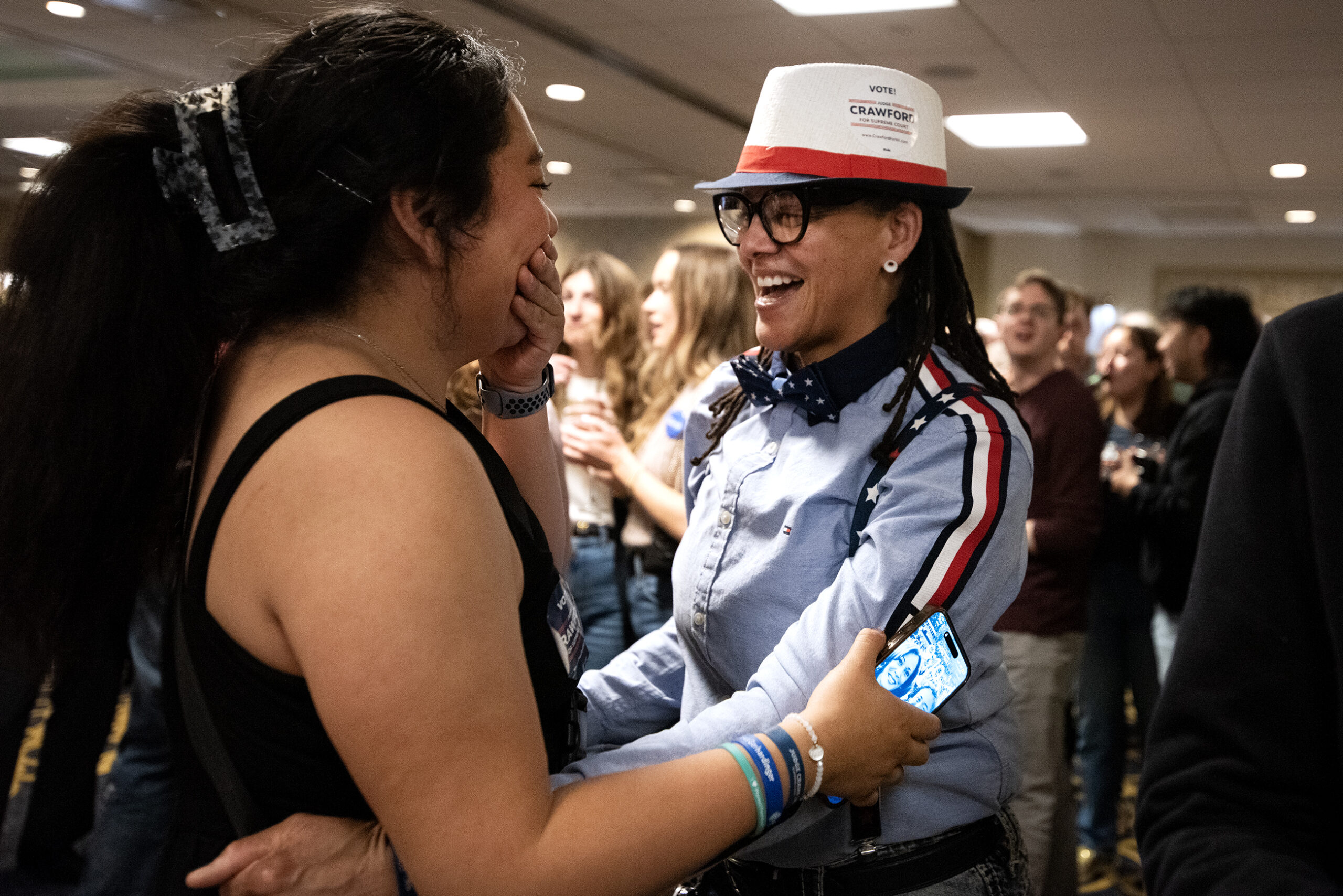

Crawford’s victory ends a bruising campaign that saw both candidates lobbing negative attacks on one another’s judicial records and character. The campaign’s overall tone and astronomical cost was more akin to a competitive U.S. Senate race than a campaign for state court.
That’s in part because of the national stakes of the race, which was seen as something of a litmus test for American politics and an early indication of how one swing state would respond to the involvement of Musk and Trump. It came just months after Trump won reelection by sweeping swing states like Wisconsin and making dents in Democratic voting blocs.
Messaging in the race was heavy on the candidates’ respective records sentencing criminals as county judges, an issue that is largely irrelevant to the work of a Supreme Court justice. Instead, the court deals with constitutional questions about issues ranging from abortion to labor disputes and has made some of its biggest waves when it’s delved into redistricting.
The high court has already heard a challenge to Wisconsin’s pre-Civil War abortion ban, and it could issue a decision any day. Throughout her campaign, Crawford said she would not comment on the existing case but said she supported a woman’s right to choose and frequently mentioned her past record representing Planned Parenthood as a private attorney.
The court could also hear a lawsuit, currently working its way through the state court system, that could end Act 10, the signature law from former Republican Gov. Scott Walker that undid union bargaining rights for most public sector workers. A lower court decision — written by a Crawford colleague in Dane County — found the law to be unconstitutional late last year. Crawford has a relationship to that law, too: She was a lead attorney for a union that challenged Act 10 in its early days.
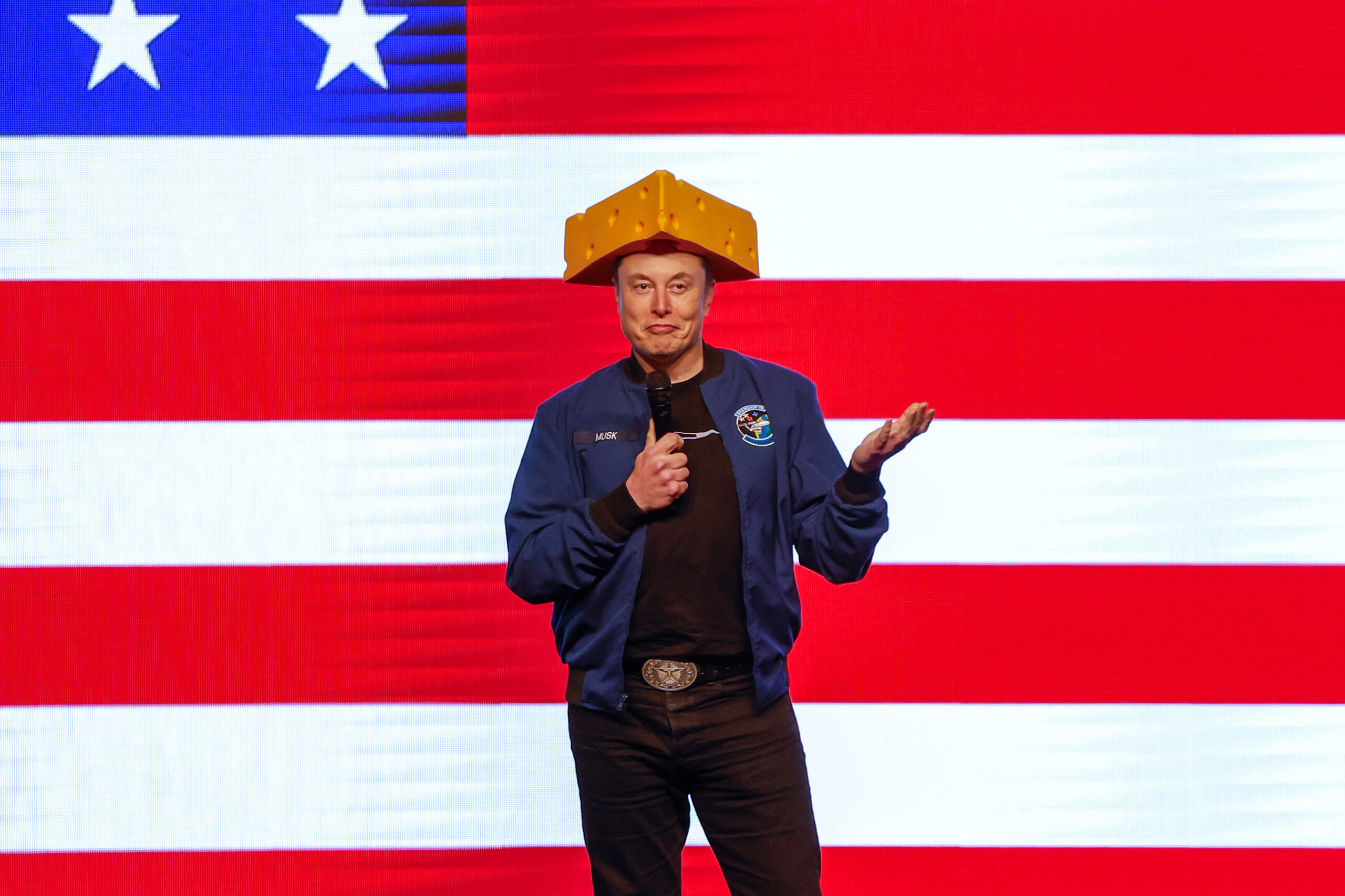
By the time she takes the bench in August, it’s possible that an attempt to overturn Wisconsin’s congressional districts could emerge. Although no such case has been filed recently — and an attempt last year went nowhere — Musk cited the specter of such a suit as part of the motivation behind his massive spending for Schimel, which totaled at least $20 million.
Musk also has business interests that could go before this court. A lawsuit seeking to allow Tesla to open dealerships in Wisconsin was filed in January, and Crawford’s campaign sought to link Musk and Schimel indelibly, describing the billionaire’s support as an attempt to buy a court seat.
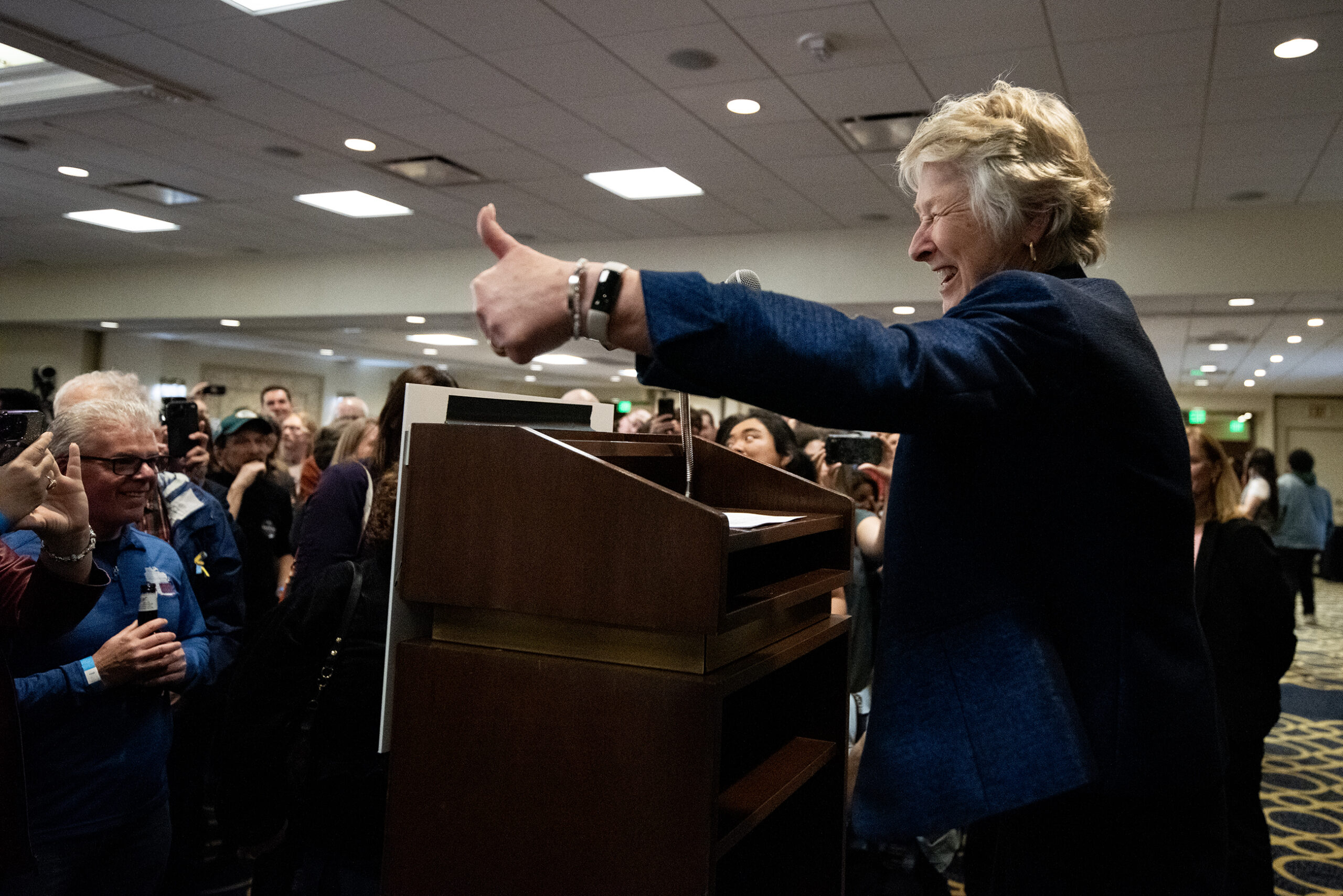
Crawford’s victory preserves the court’s liberal majority
Born and raised in Chippewa Falls, Crawford shaped her early career alongside Democrat Jim Doyle, first as a prosecutor when Doyle was state attorney general and then as his general counsel after he was elected governor. Before winning her seat as a Dane County judge in 2018, she worked as a private attorney, including at Pines Bach, a firm with a history of representing Democrats or their allies in high-profile cases.
Now, she will take over a seat being vacated by Ann Walsh Bradley, a liberal justice first elected in 1995 who announced her retirement last year.
Bradley and the rest of the court’s liberal wing — Justices Rebecca Dallet, Jill Karofsky and Janet Protasiewicz — endorsed Crawford just days after she announced her candidacy. She was also endorsed by several labor unions, Planned Parenthood, and Emily’s List, a Washington, D.C.-based group that supports candidates who back abortion rights.
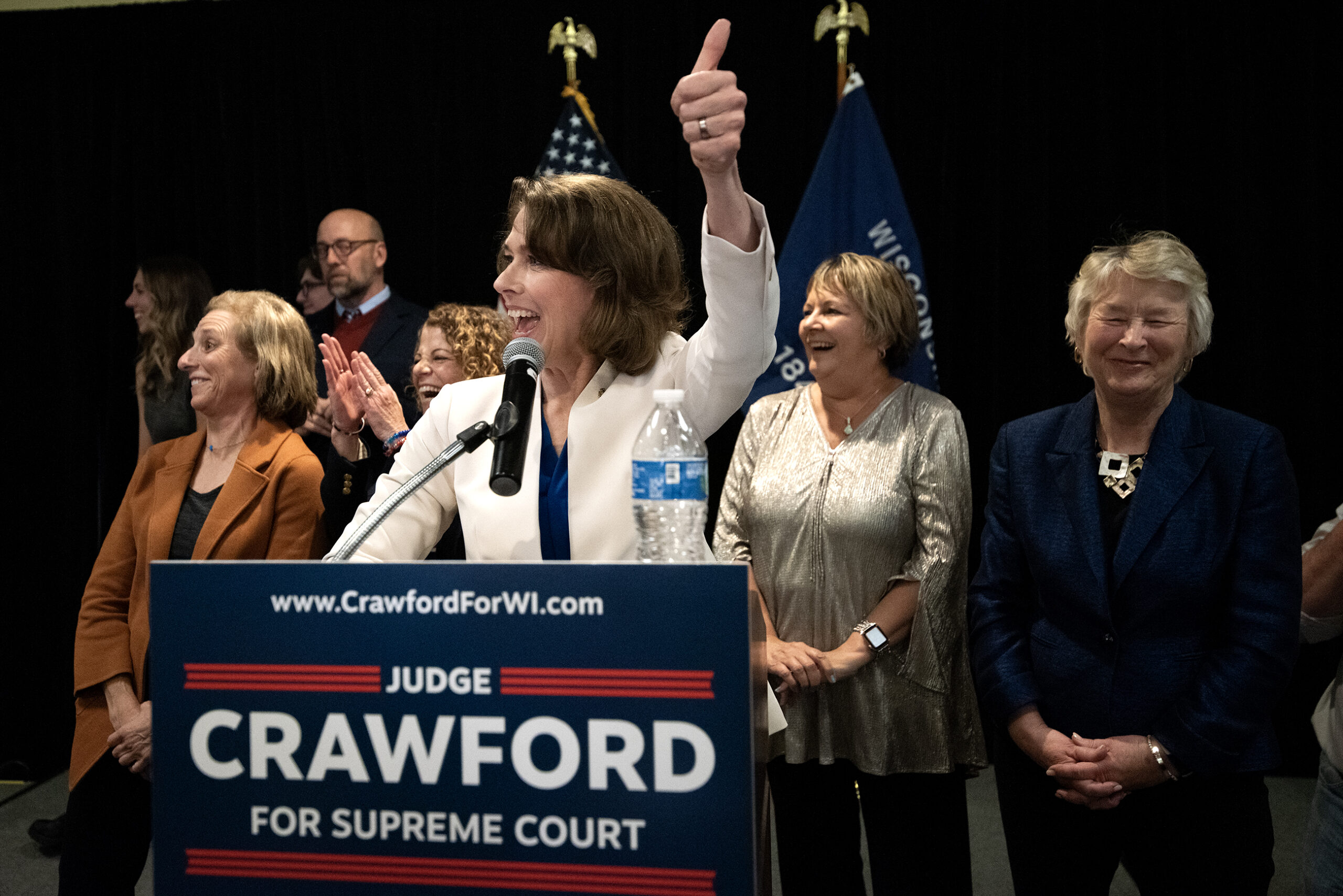
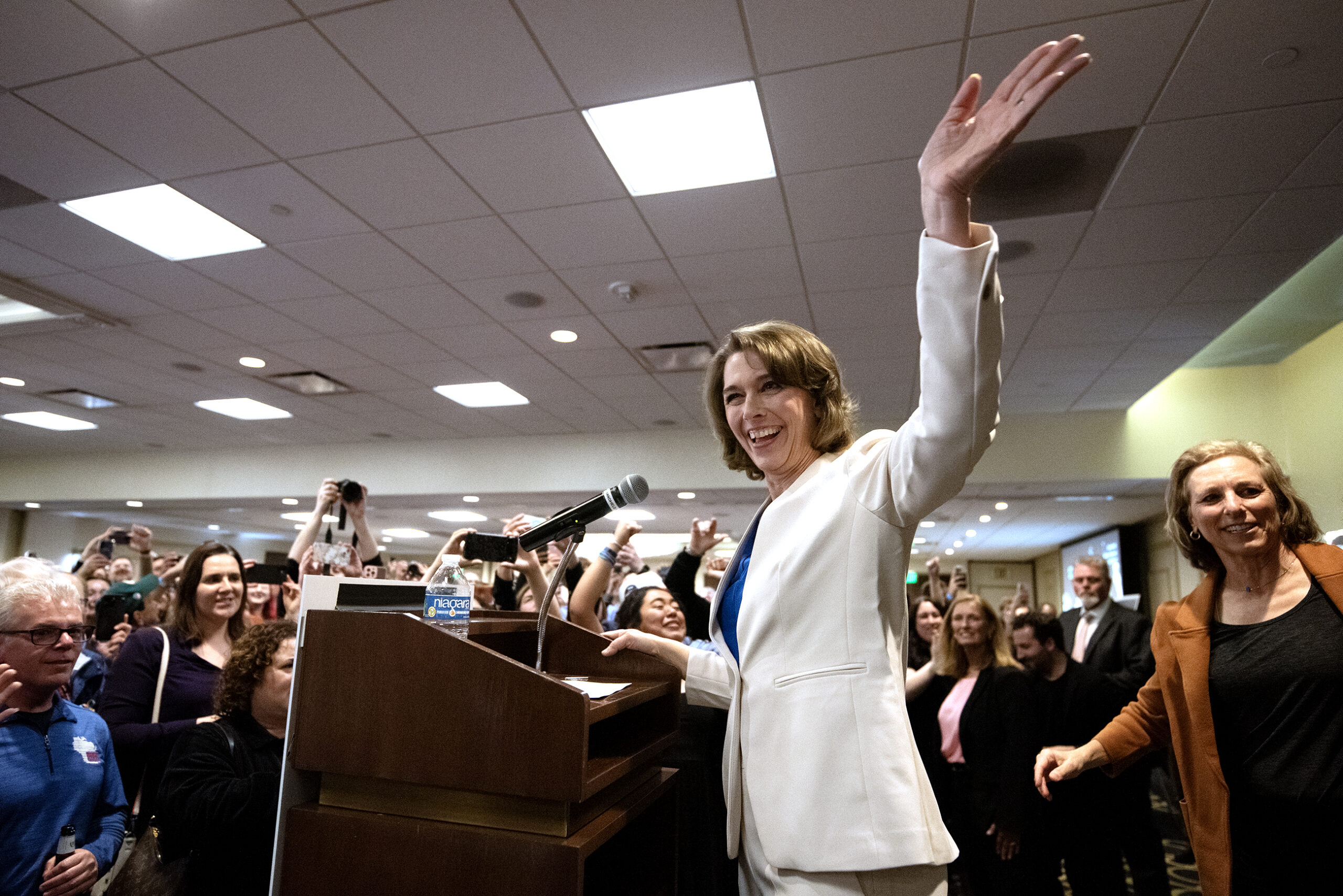
Crawford also had the backing of the Wisconsin Democratic Party, which put at least $10 million toward her race, leveraging a state campaign finance law that allows state parties to raise and spend unlimited money. National megadonors like George Soros, Illinois Gov. JB Pritzker, the Schusterman family and Milwaukee philanthropist Lynde Uihlein all contributed to the party in support of Crawford.
For his part, Schimel also received huge sums from conservative backers, including Richard and Elizabeth Uihlein, a group they back called Fair Courts America, Beloit businesswoman Diane Hendricks, and other groups including Wisconsin Manufacturers & Commerce and Americans for Prosperity.
It’s not the first time that candidates for the nonpartisan court have relied so heavily on state party money. Protasiewicz set the table two years ago when she received $10 million from the state Democratic Party. In this race, Schimel bucked the approach taken in 2023 by conservative former Justice Dan Kelly, who declined to take party money and did not seek a Trump endorsement. In this cycle, Schimel received at least $9 million from the state GOP.
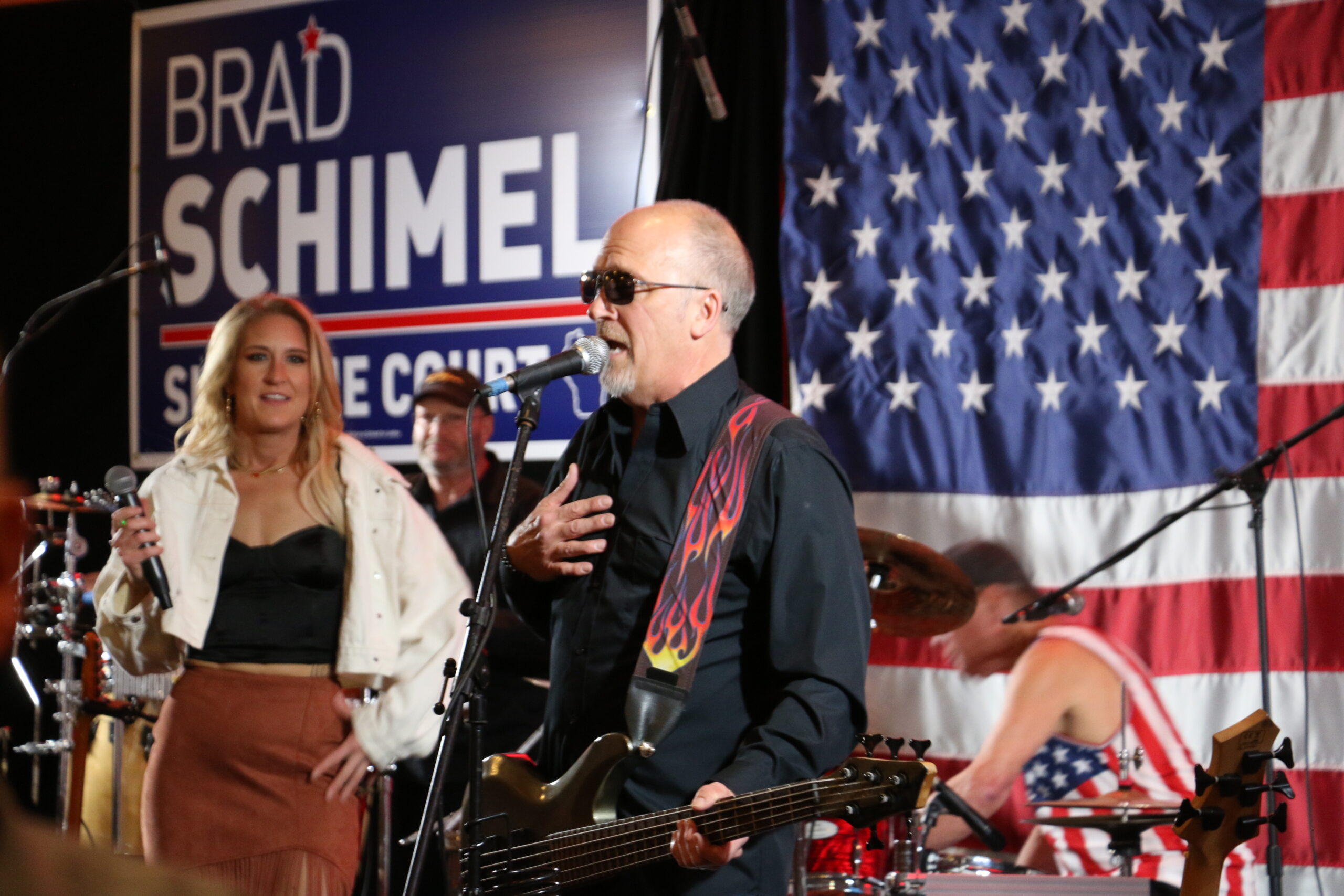
But as the fundraising numbers skyrocketed, the conversation about candidates’ potential conflicts of interest did, too. Neither Schimel nor Crawford would commit to recusing from hearing cases involving the state parties or other prominent donors. Both sought to paint the other as uniquely beholden to their donors, even as state law offers a judge wide latitude when it comes to deciding how and when to recuse.
This cycle’s fantastical spending numbers and ensuing deluge of online and television advertising, political mailings and highway billboards, might be the start of a regular ritual in Wisconsin, as one justice will be up for reelection every year through 2030.
Crawford’s victory means the court’s 4-3 liberal majority, clinched two years ago for the first time in 15 years, will remain in place. She’ll begin her term Aug. 1.
Barring the unexpected, the next two Wisconsin Supreme Court elections in 2026 and 2027 feature conservative justices defending their seats, meaning the liberal majority Crawford successfully defended could last until at least 2028 and possibly beyond.
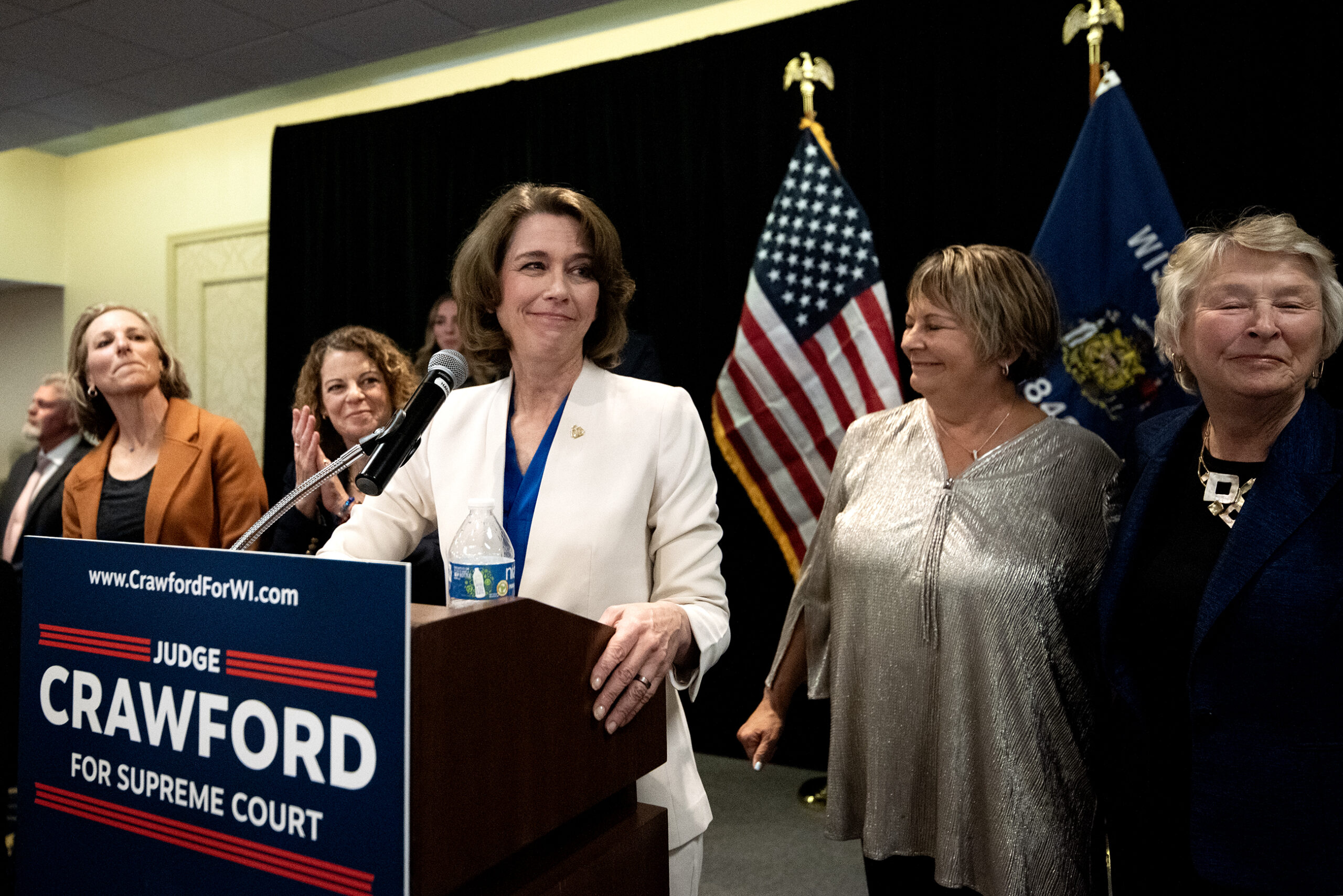
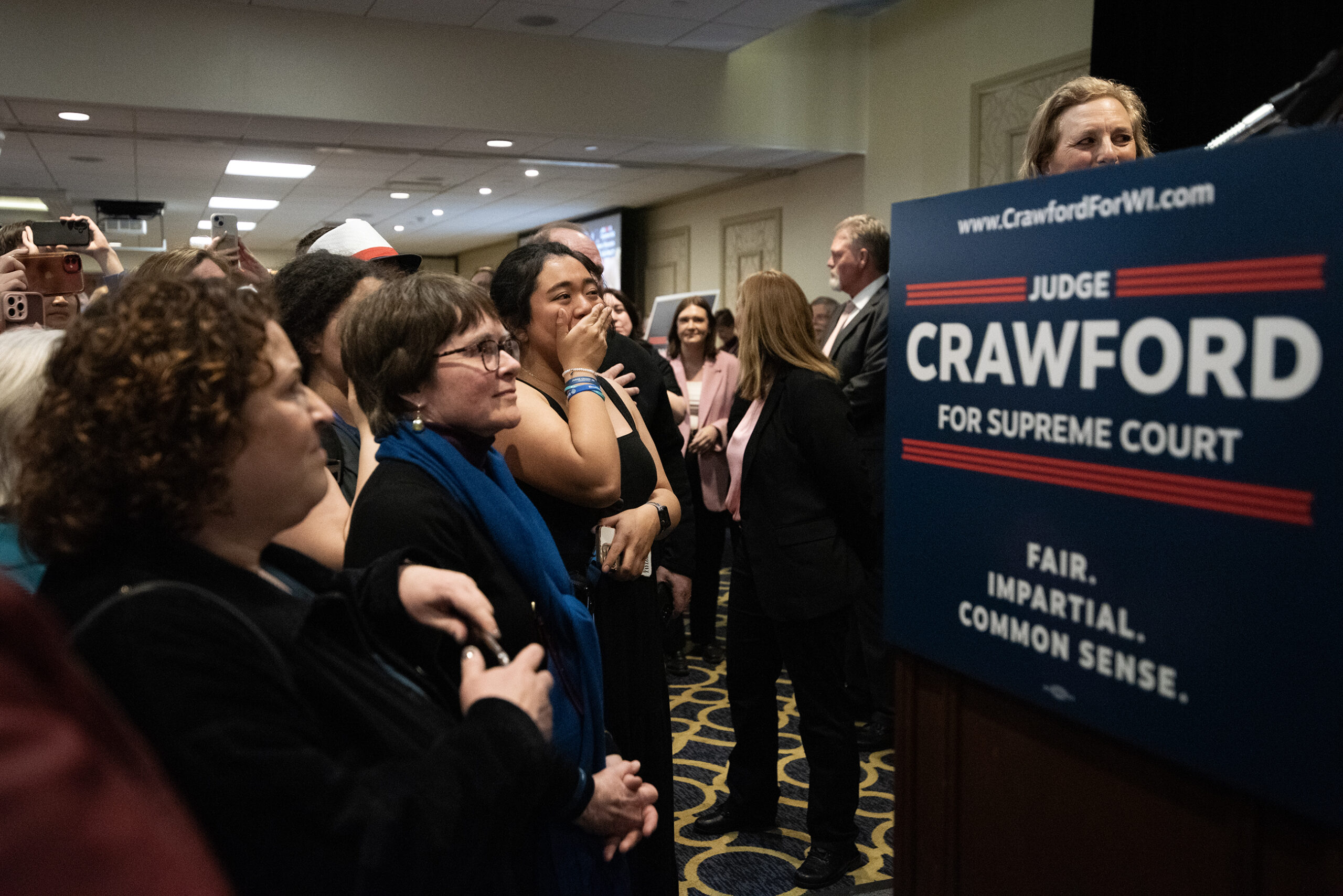
WPR’s Rich Kremer contributed reporting.
Wisconsin Public Radio, © Copyright 2025, Board of Regents of the University of Wisconsin System and Wisconsin Educational Communications Board.
